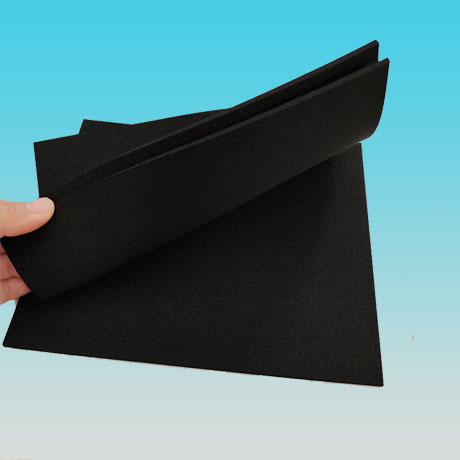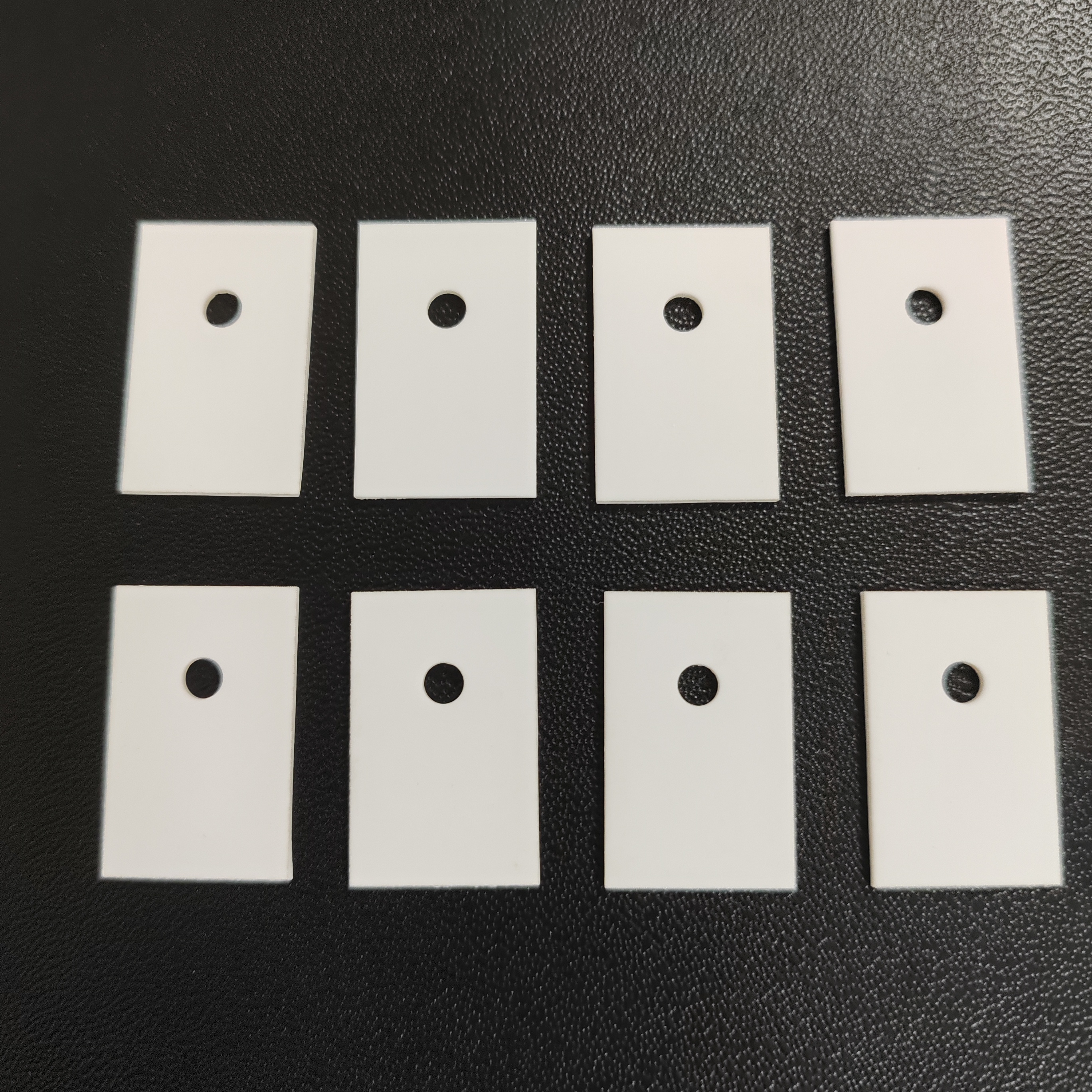Thermally conductive encapsulant is a low-viscosity flame-retardant two-component addition type silicone thermally conductive encapsulant. It can be cured at room temperature or by heating. The higher the temperature, the faster the curing. This product does not produce any by-products in the curing reaction, and can be applied to PC (Poly-carbonate), PP, ABS, PVC and other materials and metal surfaces. It is suitable for heat conduction, insulation, waterproof and flame retardant of electronic accessories.
Features
● Good thermal conductivity and flame retardancy
● Low viscosity, good fluidity and strong adhesion
● Cured to form a soft rubbery, good impact resistance
● Heat resistance, moisture resistance, cold resistance
● Insulation, moisture resistance, shock resistance, corona resistance, leakage resistance and chemical resistance
3. Scope of application
● Deep potting of power modules and electronic components, especially suitable for HID power module potting
● Potting of outdoor LED display
● Mechanical bonding and sealing of electronic and electrical components such as TV, CRT, power supply, and communication equipment, as well as bonding and fixing of electronic components
● Bonding and sealing of other metals, plastics, glass, etc. with flame retardant requirements
Technical parameters before and after curing:
Instructions for use
① Stirring: Before use, stir the A component with a mixer (machine) or a hard stick (hand) for at least five minutes, so that the rubber is fully mixed and evenly mixed, so as to avoid uneven product quality problems. Component B should be shaken well before use to make the liquid homogeneous.
② Mixing: Add component B into the container with component A, stir (special spatula for mixing glue) to mix evenly, pay attention to stirring the glue material on the wall of the container, so that the glue material is fully mixed evenly.
③ Debubbling: After mixing the rubber compound, vacuum debubble for 1-3 minutes.
④ Potting: The mixed rubber should be poured into the product as soon as possible to prevent the rubber from thickening and poor fluidity in the later stage.
⑤ Curing: The potted device is cured at room temperature. After initial curing, it can enter the next process. It takes 24 hours for complete curing. The ambient temperature and humidity have a great influence on curing. If the workpiece with a depth of more than 6cm is potted, it needs to be properly extended for the bottom to be fully cured.
⑥ Packing specification: A agent 10kg/barrel, B agent 10kg/bottle

 Telephone
Telephone






